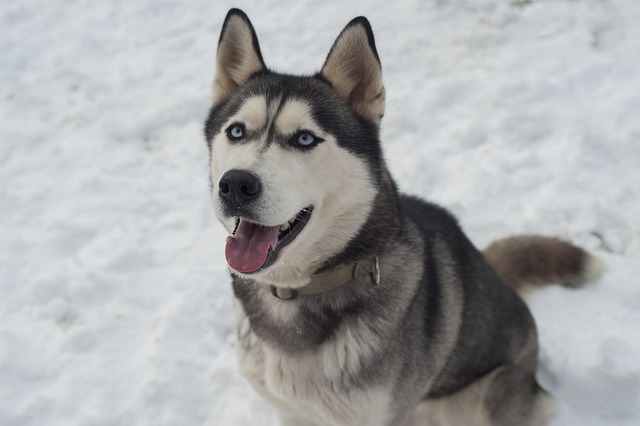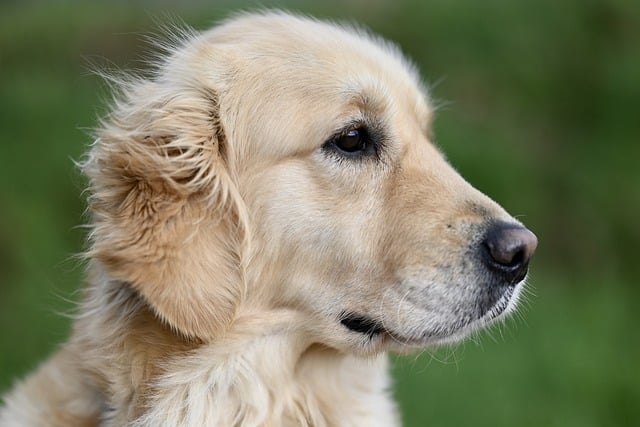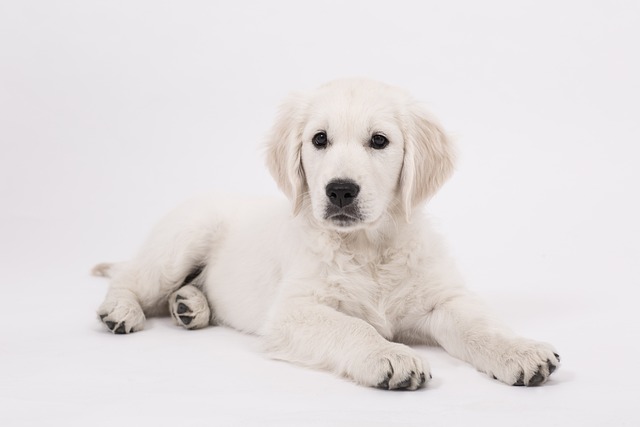
Do it hurt a dog to express glands?
Many dog owners first notice their pup scooting across the carpet or licking their rear more than usual, and that’s often when the question of gland expression pops up.
I’ll start with a relatable scenario of a new owner struggling to keep their pup cool on a budget, explain how homemade cooling pads use evaporative or gel-based cooling science, share a simple step-by-step tutorial, and weave in safety and lifestyle tips naturally.
I sat on my friend Jake’s Boston apartment floor last August, watching his 10-month-old Beagle, Daisy, pant heavily while lying on the tile—too hot to play. “Store-bought cooling pads are so pricey, and she chews everything anyway. How do you make a homemade cooling pad for dogs that’s cheap and safe?” he asked, staring at a pile of old towels. If you’re a new U.S. dog owner looking to beat the heat without breaking the bank, a homemade cooling pad is easy, customizable, and perfect for pups who test store-bought gear. It uses simple science to absorb heat, and best of all, you can make it with stuff you already have at home.
To understand how to make a homemade cooling pad for dogs, let’s break down the cooling science. Jake’s trainer, Maria, explained that the best homemade pads rely on either evaporative cooling (water evaporates, drawing heat away) or gel-based cooling (safe, non-toxic gel retains cold). Evaporative pads work great for apartments (no electricity needed), while gel versions stay cool longer for park trips. Daisy’s overheating happened because Beagles have thick coats and Boston summers get humid—she needed something to pull heat from her body without being heavy or messy. Unlike store-bought pads (which can have toxic gel if chewed), homemade ones let you control ingredients, so you know they’re safe. Scolding a dog for chewing a pad (if Daisy had) violates U.S. animal welfare standards; she’d be curious, not naughty, and our job is to make a pad that’s durable and non-toxic.

Here’s how to make a homemade cooling pad for dogs, using Jake’s easy evaporative version for Daisy: First, grab supplies (all household items). He used two old cotton towels (thick, absorbent), a plastic zip-top bag (gallon-sized, BPA-free), and water. For extra durability (since Daisy chews), he added a layer of canvas fabric (from an old tote bag) between the towels. No sewing required—just folding and sealing. Second, assemble the evaporative pad (5 minutes tops). Jake soaked one towel in cold water, wrung it out until it was damp (not dripping), then laid it flat. He placed the canvas over it, then the dry towel on top. He rolled the stack tightly, put it in the zip-top bag (leaving a small opening for air), and sealed it. The plastic keeps water from leaking onto his apartment floor, while the damp towel evaporates slowly, staying cool for 2–3 hours. Third, test for safety and comfort. He let Daisy sniff the pad first—she nuzzled it, then lied down immediately. He checked the bag for holes daily (no chewed spots yet) and re-wet the towel when it dried out. For a gel version (longer cooling), Maria suggested mixing 2 cups cornstarch with 1 cup water in a bag—freeze it for an hour, and it stays cool for 4 hours. Fourth, reinforce with positive training. When Daisy lied on the pad calmly, Jake gave her a freeze-dried treat—she learned the pad is a “cool spot” to relax, not chew.
For apartment living and community norms, this homemade pad fits seamlessly: Jake keeps the pad in Daisy’s crate during the day (shaded from direct sunlight) and moves it to the couch when he’s home. On park walks, he packs a folded gel version (frozen that morning) in his bag—perfect for rest breaks on hot benches (good etiquette to keep Daisy from overheating near other dogs). He always carries biodegradable poop bags (Boston fines $200 for leaving messes) and a water bowl—cooling pads work better when dogs stay hydrated. Never skip vet checkups: Daisy’s rabies vaccine is up to date (mandatory nationwide), and her vet praised the homemade pad—evaporative cooling is safe for all breeds, even puppies. He warned against using ice directly (too cold for paws) and said to avoid sharp objects near the pad (prevents punctures).
A week later, Jake texted me a video: Daisy curled on her homemade pad, tail wagging, no panting. How do you make a homemade cooling pad for dogs? For Daisy, it was towels, a bag, and cold water. For your pup, it’s simple supplies, safe ingredients, and a little creativity. Beat the heat without spending a fortune—your dog will thank you with cool, happy naps.

Many dog owners first notice their pup scooting across the carpet or licking their rear more than usual, and that’s often when the question of gland expression pops up.

I’ll start with a relatable scenario of a new owner struggling to keep their pup cool on a budget, explain how homemade cooling pads use evaporative or gel-based cooling science

I stood on my friend Lena’s Austin patio last July, watching her 2-year-old Bulldog, Tank, sprawl on his cooling pad—panting, even though the pad was supposed to keep him cool.

I’ll start with a relatable scenario of a new owner dealing with their pup’s upset stomach, explain which fruits soothe canine digestive systems

If you’ve noticed your dog scooting or licking their rear more than usual, anal gland issues might be the cause—and some breeds are more prone to this than others.

I’ll start with a relatable scenario of a new owner unsure which fruits are safe for their pup, explain what makes a fruit “good” for dogs (nutrition + low risk), share top picks and how to serve them